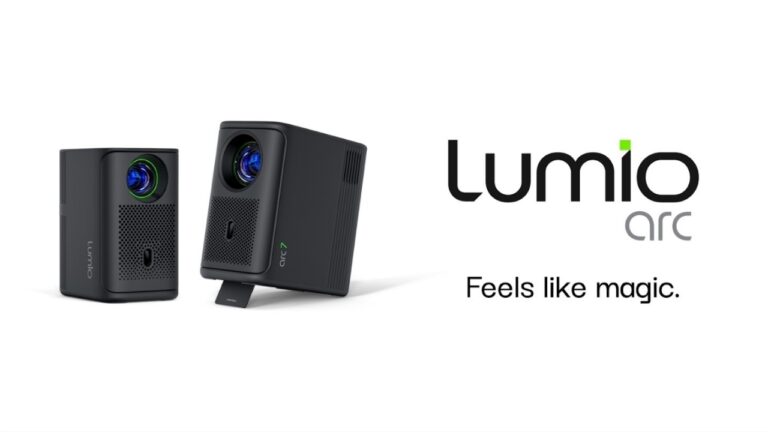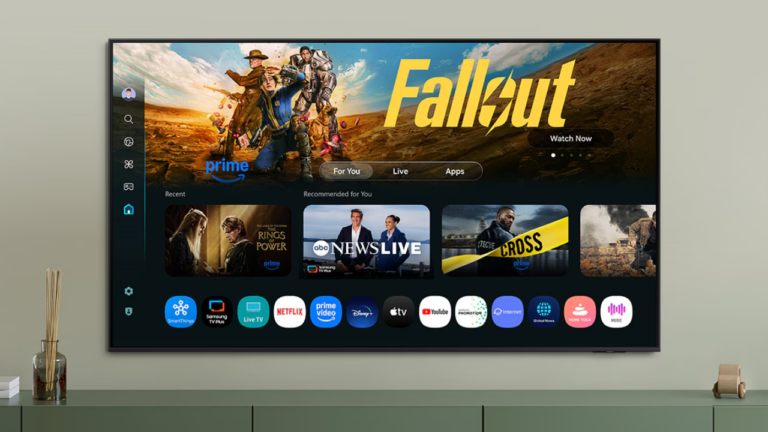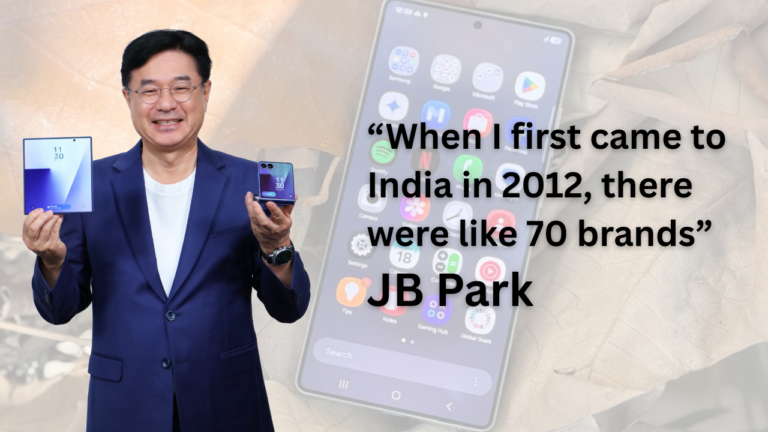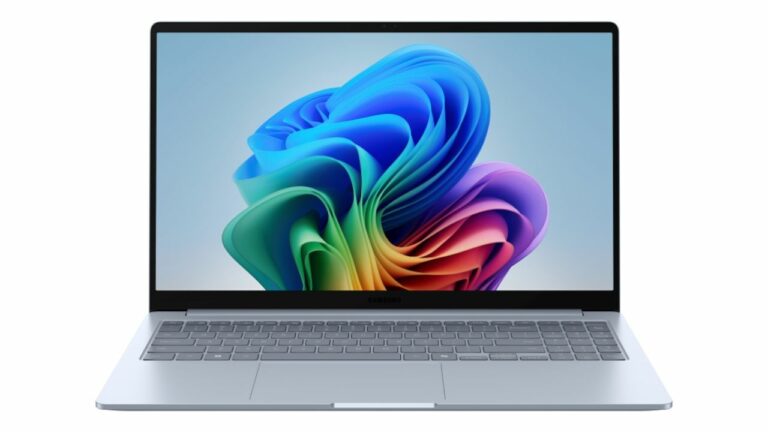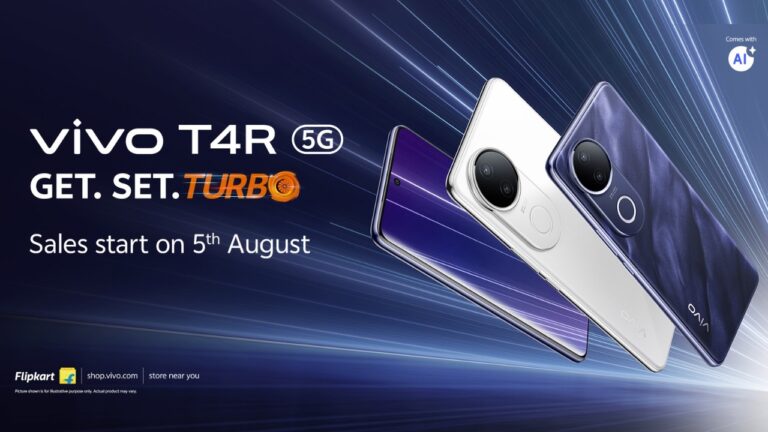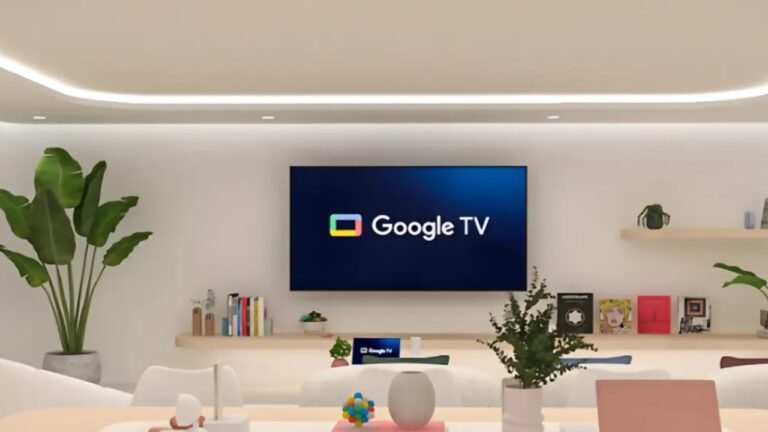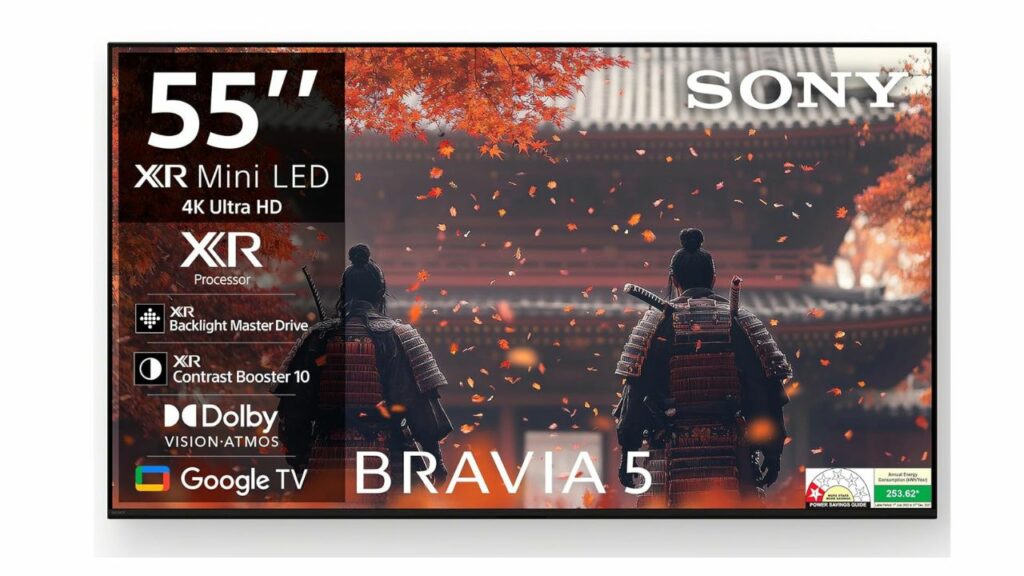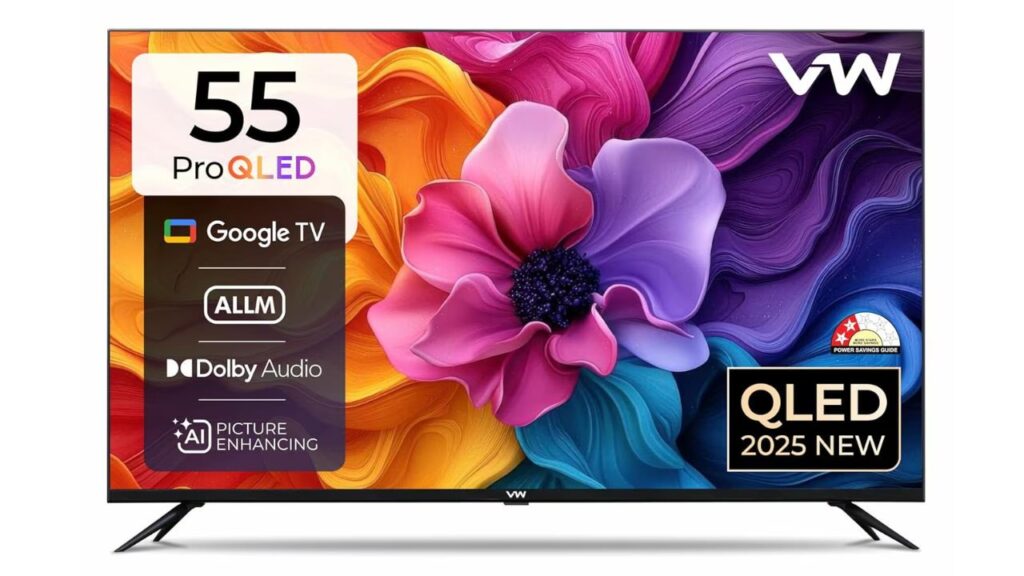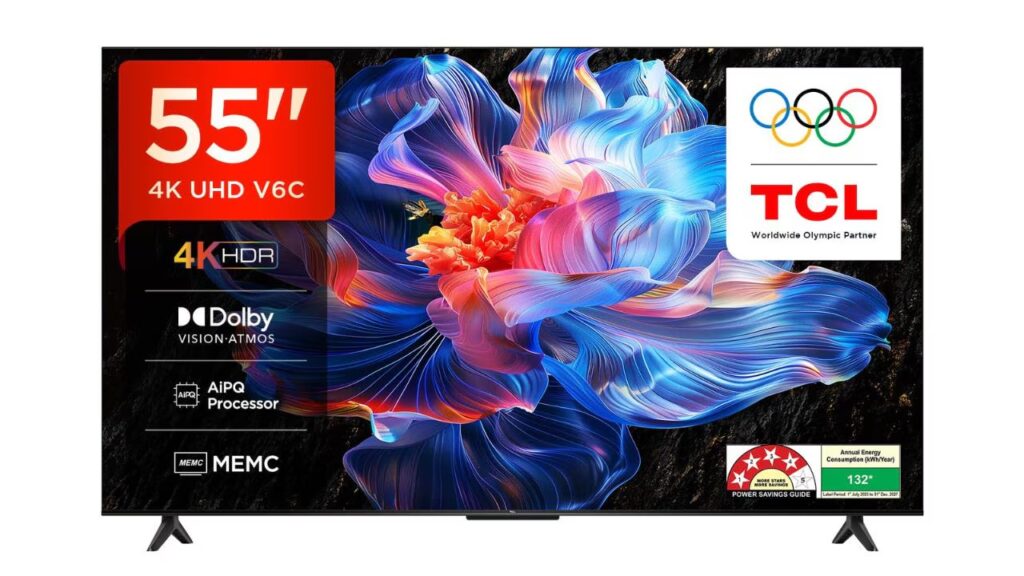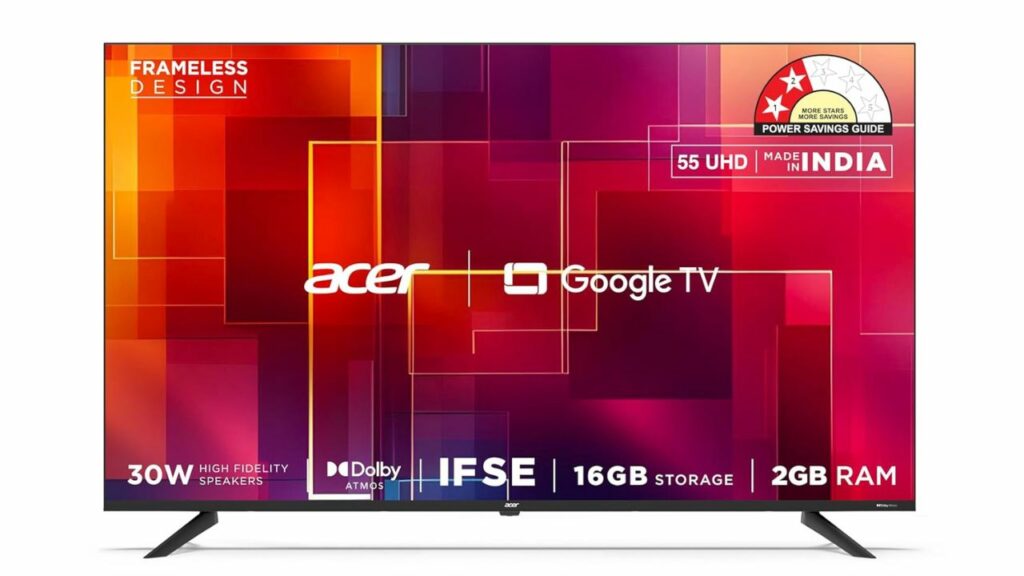In India’s hyper-competitive consumer electronics market, trust is often in short supply. That reality came into sharp focus recently when Dor, a TV brand backed by Micromax, abruptly shut down just six months after its launch, leaving customers stranded and sceptical about the longevity of new entrants.
So when Lumio, a year-old startup LED by ex-industry veterans and now expanding from smart TVs into projectors, enters the same space, the question becomes inevitable: why should consumers trust them to stay?
“It’s a fair concern,” admits Raghu Reddy, CEO and Co-Founder of Lumio India. “But we are not here to test the waters with aggressive pricing or flash sales. We are building for the long term—with strong VC backing, a focused product roadmap, and a team that has done this before.”
Lumio is funded by two tier one venture capital firms, 3one4 Capital and Stellaris Venture Partners. Its founding team includes former senior leaders from Xiaomi, Flipkart and other tech ventures, all of whom have built and scaled hardware businesses in India before. The early-stage funding, Reddy says, provides enough runway to build not just products, but a brand and service backbone that lasts.
Betting on Projectors — A Non-Obvious Next Step
Unlike other TV brands that typically branch into soundbars or accessories, Lumio’s next big bet is the home projector segment, a market that’s still in its infancy in India, and largely dominated by unbranded or white-label imports.
“The projector has historically been seen as an institutional product, not something you would casually place in your bedroom,” says Reddy. “But that’s changing. Young, mobile users want flexible entertainment setups.
The company has identified two core customer segments: younger consumers in the 18–30 age group who may be staying in a rented house or prefer plug-and-play devices, and more affluent users seeking a second screen for non-primary spaces.
Kailash S, COO & Co-Founder, added, “We have seen this trend emerge in markets like the U.S. and China, and we think Indian consumers are heading in a similar direction.”
Lumio’s newly launched Arc 7 and Arc5 projectors run on Google TV, come preloaded with certified streaming apps like Netflix and Prime Video, and include a decent built-in audio system, solving what Reddy calls “basic gaps” in most sub-₹15,000 offerings.
“Most of those low-cost projectors don’t support real apps, have terrible audio and almost no after-sales support. We are offering a full plug-and-play experience, and if something goes wrong, there’s a number to call and a service network in place,” Kailash further clarified.
Rather than competing on price with the influx of sub-₹10,000 projectors available online, Lumio is positioning its products at a premium, with a focus on quality and service. The entry-level Arc5 model starts well above that range, and the company says it has no plans to enter the ultra-low-cost segment.
“There’s a threshold below which you compromise on core aspects like dust protection or audio quality,” Reddy said, noting that all Lumio projectors feature a closed light engine to improve durability. “We’d rather maintain product integrity than chase price points that lead to poor user experience.”
Building Slowly, Not Loudly
So far, Lumio has chosen to avoid splashy billboards or celebrity-driven ad campaigns. The company’s growth in the TV segment has been largely organic, supported by customer reviews and digital word of mouth. Reddy said, “Trust isn’t built through noise. It’s built through consistency.”
Well, this thinking extends to the company’s retail strategy as well. While Lumio continues to operate primarily online, it has partnered with Urban Ladder to provide consumers with offline touchpoints. Unlike traditional electronics retailers, Urban Ladder stores are designed to mimic home environments, allowing customers to experience the products in realistic settings. The decision to avoid larger chains like Croma or Vijay Sales, at least for now, is intentional.
“We’re a lean team with finite resources. We have chosen to focus on building great products and efficient service rather than investing heavily in offline retail,” Reddy said. “That’s something we will scale over time.”
Lean Product Line, Iterative Approach
This strategic restraint also shows in Lumio’s hardware roadmap. With just two projector models and a limited TV portfolio, the company says it can move faster on feature updates and customer feedback.
One such example was a “black crush” issue reported by users and tech reviewers, where dark scenes on its TVs lacked visual clarity. Lumio acknowledged the problem, developed a software fix, and pushed an update within weeks. That level of responsiveness, Reddy argues, is only possible when a company isn’t juggling 20 models across several platforms.
While Lumio continues to operate mainly online, nearly 50% of its orders( for TVs) came from metro cities, with about 30% from Tier 3 and Tier 4 towns.
Made in India—Not Just Assembled
Despite the absence of a PLI scheme for projectors, Lumio is manufacturing locally in western India (Gujarat), with plans to increase value addition over time. For now, most components are imported, but the goal is to mirror the smartphone sector’s localisation journey—from basic assembly to 25–30% domestic value over a few years.
“We’re not approaching this with a trader’s mindset,” says Reddy. “If the category grows to a million units a year, which we believe it can, local manufacturing will be a strategic advantage, not just a cost one.”
The company is also actively pushing for better listing standards on e-commerce platforms like Amazon, where many low-cost projector models advertise misleading specifications. While Lumio declined to disclose Amazon’s response, Reddy confirmed that discussions are underway on how to improve standardisation and transparency.
Looking Ahead
Asked what comes next, Reddy hints at more innovation in the home entertainment space—possibly speakers—but says the company’s priority is scaling its existing operations.
“We’re at 5 kilometres an hour on the treadmill. We need to get to 10 or 12 before we add more weight. This is just the beginning.”


